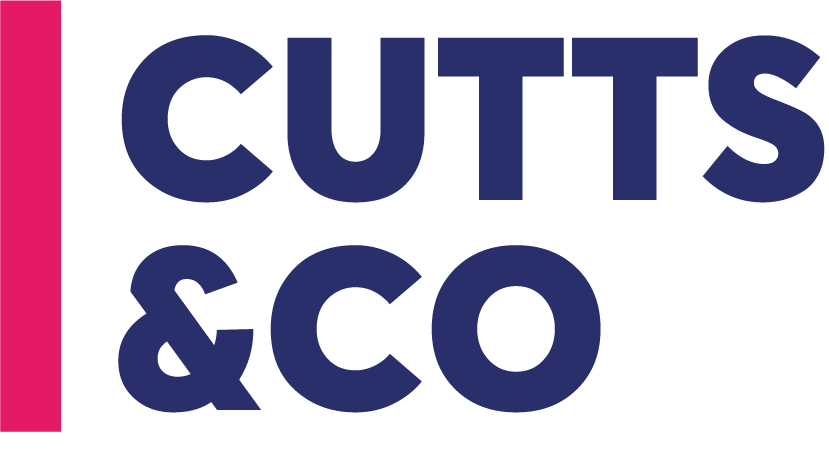The Pros and Cons of Restaurant Reservation Systems
A Guide for Restaurant Owners
In the bustling world of hospitality, securing a table at a popular restaurant can be a daunting task for diners. Restaurant reservation systems have revolutionised the way restaurants manage their seating, but like any technology, they come with their own set of advantages and disadvantages. Here, we will delve into the key aspects to consider when deciding whether to implement a restaurant reservation system, and how to make the most out of it.
The Benefits of Restaurant Reservation Systems
Enhanced Customer Experience
One of the most significant benefits of using a restaurant reservation system is the improved customer experience it offers. By allowing diners to book tables in advance, restaurants can ensure that customers are seated promptly upon arrival, reducing waiting times and enhancing overall satisfaction.
Increased Online Visibility
Accepting reservations can also boost your restaurant’s online visibility. Integrating a reservation system into your website and listing your restaurant on popular reservation platforms can attract new customers who specifically search for restaurants with reservation capabilities. This can drive more traffic to your website and potentially improve your search engine rankings.
Efficient Table Management
Reservation systems enable restaurants to optimise table management and resource allocation. With a clear view of the reservations for a given day or time slot, you can allocate staff, ingredients, and other resources more effectively. This reduces waste, ensures smoother operations, and enhances overall efficiency.
Real-Time Information and Automation
Modern reservation systems provide real-time table availability information, automating the process of managing reservations and waitlists. This feature helps in accurately calculating wait times and allows diners to join the waitlist at the push of a button, making their lives easier and filling more seats.
The Drawbacks of Restaurant Reservation Systems
Fees and Costs
One of the significant drawbacks of using third-party reservation marketplaces is the hefty fees associated with each booking. These fees can quickly become costly and may impact your bottom line. Additionally, many marketplaces operate on a pay-to-play system, where restaurants that pay higher fees are positioned higher in search results.
Loss of Customer Data
When using third-party reservation platforms, you often do not have access to your customer data, which is crucial for marketing and building customer relationships. This lack of data can hinder your ability to personalise the dining experience and retain customers.
No-Shows and Cancellations
Taking reservations comes with the risk of no-shows and last-minute cancellations, which can leave tables empty and hurt revenue. To mitigate this, strategies such as confirmation calls, reservation deposits, or fees for late cancellations can be implemented.
Overbooking and Human Error
Without a dedicated reservation manager or an automated system, there is a risk of overbooking tables or miscalculating the time it takes for guests to vacate tables. This can lead to disappointed customers and damage your restaurant’s reputation.
Choosing the Right Reservation System
Integration with Existing Tools
Ensure that the reservation system integrates seamlessly with your existing technology stack, including your Point of Sale system, Property Management System, and other management tools. Advanced integrations can sync table orders and make critical guest data accessible to both front-of-house and back-of-house staff.
Compliance with Regulations
Make sure the system complies with relevant regulations, such as the Payment Card Industry Data Security Standard, to ensure secure handling of credit card information.
Scalability and Customisation
Choose a system that can scale with your restaurant’s growth and offers customisable features. Consider what features are essential for your business and whether the system can adapt to your specific needs.
Cost and Value
Evaluate the costs associated with the system, including monthly or annual fees, start-up fees, and any additional costs. Compare these costs with the features and benefits the system offers to ensure it aligns with your budget and operational needs.
Implementing a Hybrid System
For some restaurants, a hybrid system that allows for both reservations and walk-ins might be the best approach. This balance can cater to different types of customers while optimising table usage and revenue. By holding some tables open for walk-ins, you can accommodate spontaneous diners without sacrificing the benefits of reservations.
Conclusion
Restaurant reservation systems are a powerful tool for managing seating and enhancing the customer experience. While they offer numerous benefits such as improved customer satisfaction, increased online visibility, and efficient table management, they also come with challenges like hefty fees, loss of customer data, and the risk of no-shows.
By carefully evaluating your restaurant’s unique needs, considering the pros and cons, and selecting a system that integrates well with your existing technology and complies with relevant regulations, you can make the most out of a restaurant reservation system. Whether you opt for a third-party marketplace or an all-in-one solution, the key is to find a balance that enhances your operations and delights your customers.



